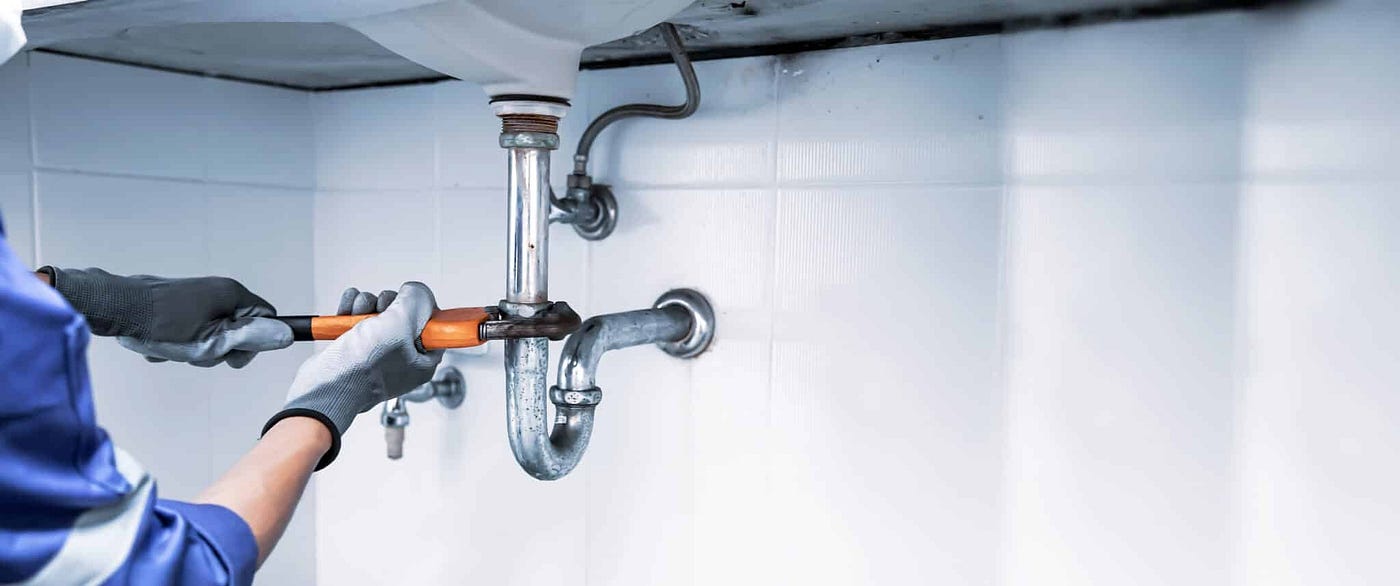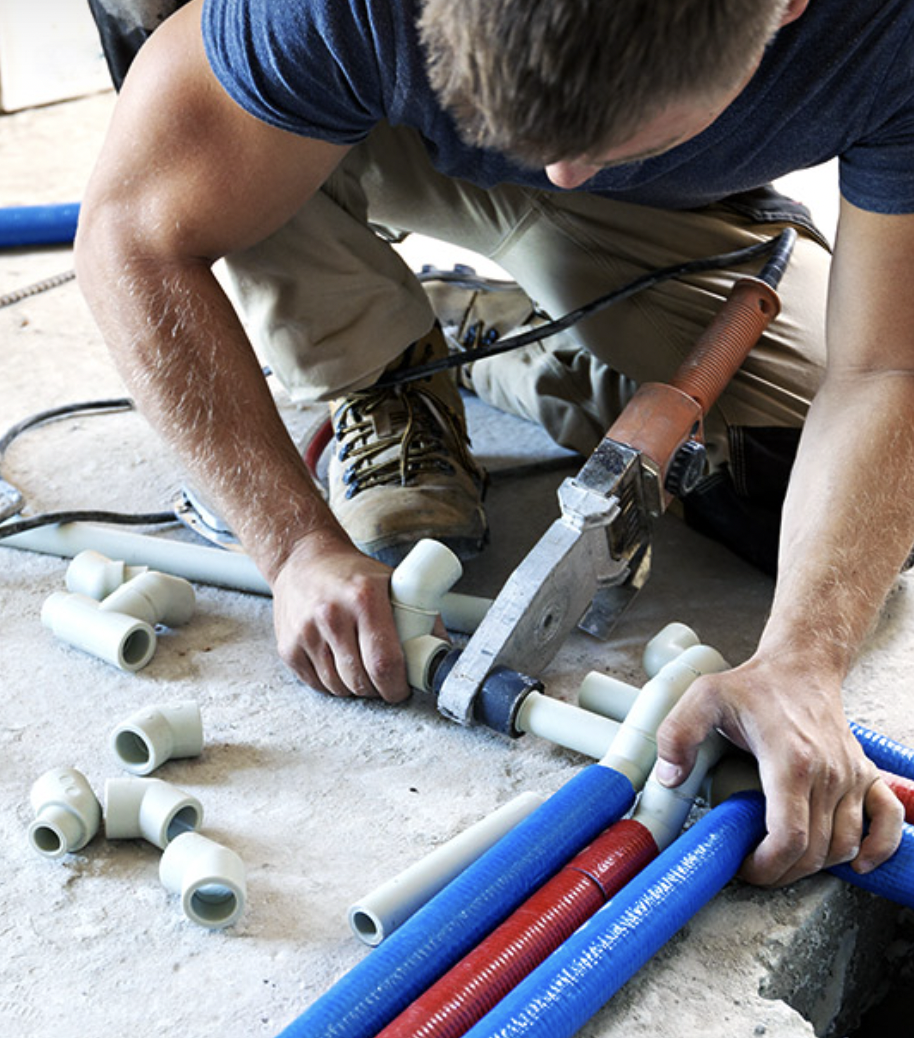Right here down the page you will discover a good deal of quality expertise when it comes to 7 Plumbing Industry Trends You Need To Know.

Intro
The plumbing industry is undertaking a transformative phase driven by technological developments and growing concerns for sustainability and performance. This write-up discovers arising patterns and advancements shaping the future of plumbing.
Regulatory Landscape
Regulatory frameworks play a crucial role fit the fostering of plumbing technologies, with standards and codes governing whatever from water performance to product security. As modern technologies continue to advance, governing bodies have to adjust to ensure consumer security and environmental stewardship.
Future Overview
The future of plumbing is characterized by continued development and combination with various other industries such as IoT, renewable energy, and building automation. By welcoming lasting methods, leveraging emerging modern technologies, and focusing on user-centric style, the pipes industry is poised to resolve the evolving requirements of society while lessening its environmental footprint.
Increased Fact in Plumbing
Enhanced Fact (AR) modern technology is transforming plumbing by offering professionals with real-time aesthetic support for fixing and fixing jobs. AR-enabled smart glasses or mobile applications overlay digital details onto the physical environment, helping plumbing technicians envision pipe layouts, identify surprise leakages, and perform repair services with precision.
Influence of 3D Printing
The arrival of 3D printing has presented new opportunities in manufacturing pipes components. From custom-designed fixtures to intricate pipe installations, 3D printing permits quick prototyping and on-demand manufacturing, reducing lead times and allowing better customization in pipes layout.
Health And Wellness Qualities
In feedback to heightened concerns for health and wellness, pipes fixtures are including features such as antimicrobial surfaces, touchless operation, and self-cleaning mechanisms. These advancements not only boost health but also promote individual comfort and benefit.
Hygiene-focused Components
Touchless taps, self-sanitizing toilets, and antimicrobial surfaces are ending up being progressively widespread in property and commercial setups, reducing the danger of germ transmission and promoting a cleaner, healthier atmosphere.
Water High Quality Tracking
Developments in water quality monitoring innovations make it possible for house owners to keep an eye on the purity and security of their water supply in real-time. Smart water top quality sensing units can identify contaminants, pH degrees, and temperature level variants, encouraging customers to take aggressive procedures to ensure water safety.
Remote Plumbing Services
Remote diagnostics and online support are revolutionizing the way pipes solutions are delivered. Via video conferencing and remote accessibility innovations, plumbing professionals can fix problems, give assistance for do it yourself repairs, and also carry out remote inspections, offering better access and comfort to home owners.
Difficulties and Opportunities
While plumbing advancements hold enormous guarantee, they likewise existing challenges such as information privacy issues, governing conformity, and the need for labor force training. Addressing these difficulties calls for cooperation in between industry stakeholders and governing bodies to guarantee safe and accountable implementation of new innovations.
Smart Pipes Systems
Incorporating smart technology into plumbing systems makes it possible for remote surveillance, leak discovery, and automated upkeep. Smart sensing units and IoT (Net of Things) devices enable home owners and plumbing technicians to monitor water use and identify concerns in real-time, causing extra effective source administration and proactive upkeep.
Water Performance Solutions
With boosting focus on water conservation, innovative options are being developed to lessen water wastefulness in pipes systems. High-efficiency components, greywater recycling systems, and smart watering controllers are amongst the technologies helping customers decrease their water impact while maintaining comfort and comfort.
Lasting Products
The change towards sustainability extends to pipes products, with an expanding choice for green choices. Eco-friendly piping materials, such as PEX (cross-linked polyethylene) and HDPE (high-density polyethylene), deal resilience and resistance to deterioration without endangering environmental stability.
Anticipating Maintenance
Predictive maintenance techniques take advantage of information analytics and machine learning algorithms to expect and prevent plumbing issues before they happen. By assessing historic information and efficiency metrics, anticipating maintenance algorithms can recognize patterns and abnormalities, enabling aggressive treatments to stay clear of costly repairs and disturbances.
Conclusion
To conclude, the future of plumbing is specified by a convergence of technology, sustainability, and user-centric design. By welcoming smart services, lasting products, and positive upkeep practices, the pipes market can improve effectiveness, advertise safety and security, and contribute to an extra lasting future.
Plumbing Industry Trends You Need To Know
Smart technology in plumbing
Homeowners want to be able to manage their homes from their phones. The technology exists to make that happen. From smart toilets to leak detector devices, the whole plumbing system can be managed on an interconnected network made up of sensors, IoT devices, and machine learning algorithms.
This allows for wireless control to turn appliances on and off, automate routines, and access advanced monitoring to track water usage and flag potential issues. Smart technology streamlines water consumption, maintenance and energy usage, creating a more efficient system.
Green plumbing
The data analysis possible with smart technology not only improves convenience and cost-effectiveness but also fulfills a high-priority customer desire – sustainability. Consumers are very aware of their impact on the planet and want plumbing solutions to reduce damage and support sustainability. Eco-friendly plumbing solutions are already starting to emerge.
Customers can opt for low-flow toilets, water-saving faucets, and connections to sustainable energy sources. Beyond monitoring water consumption, customers can conserve water through the installation of greywater systems. This is a system that collects water that has been used but is still clean enough for some household uses such as toilet flushing.
Shorter product pipeline
To keep up with modern plumbing, plumbers need modern tools that enable them to complete jobs more efficiently. One technology making strides in this area is 3D printing. By 3D printing key plumbing fixtures, plumbers can reduce wait times even for specialized fixtures. It minimizes delays often seen in traditional manufacturing that frustrate customers and prevent plumbers from taking on more work.
Off-site repairs
Augmented reality is making a splash in many industries including plumbing. Plumbers can map a building online so they can explore the plumbing system through augmented reality, identifying areas of maintenance and repair completely digitally. This technology can be applied quite widely in plumbers’ work including planning installations and training new recruits. It’s safer, smarter and more efficient.
Low-footprint materials
Another way for plumbing companies to reduce their environmental footprint and meet the customer demand for sustainability is by using recycled materials in their work. The products they source and manufacture such as pipes, fixtures and faucets can be made from recycled materials. This saves the planet while being just as effective.
Onsite water purification
Additionally, plumbing companies can be advocates of water conservation and ease the financial and environmental concerns of customers by offering water purification systems. New water purification technology such as reverse osmosis systems and UV systems make it possible for homeowners and business owners to thoroughly cleanse water, removing contaminants onsite. This means the water can be safely reused in more ways than greywater can be, establishing a water recycling loop.
Tankless water heaters
Another innovation of modern plumbing is tankless water heaters. The idea is that the water is heated on demand as it runs through the system instead of being heated in a water tank. This is more energy efficient and therefore cost-effective and eco-friendly because water isn’t heated needlessly.

Hopefully you enjoyed reading our piece on The Future Of Plumbing: Trends And Technologies To Watch. Thanks for taking time to read through our content. In case you liked our post please don't forget to pass it around. I enjoy reading our article about 7 Plumbing Industry Trends You Need To Know.
Request An Estimate